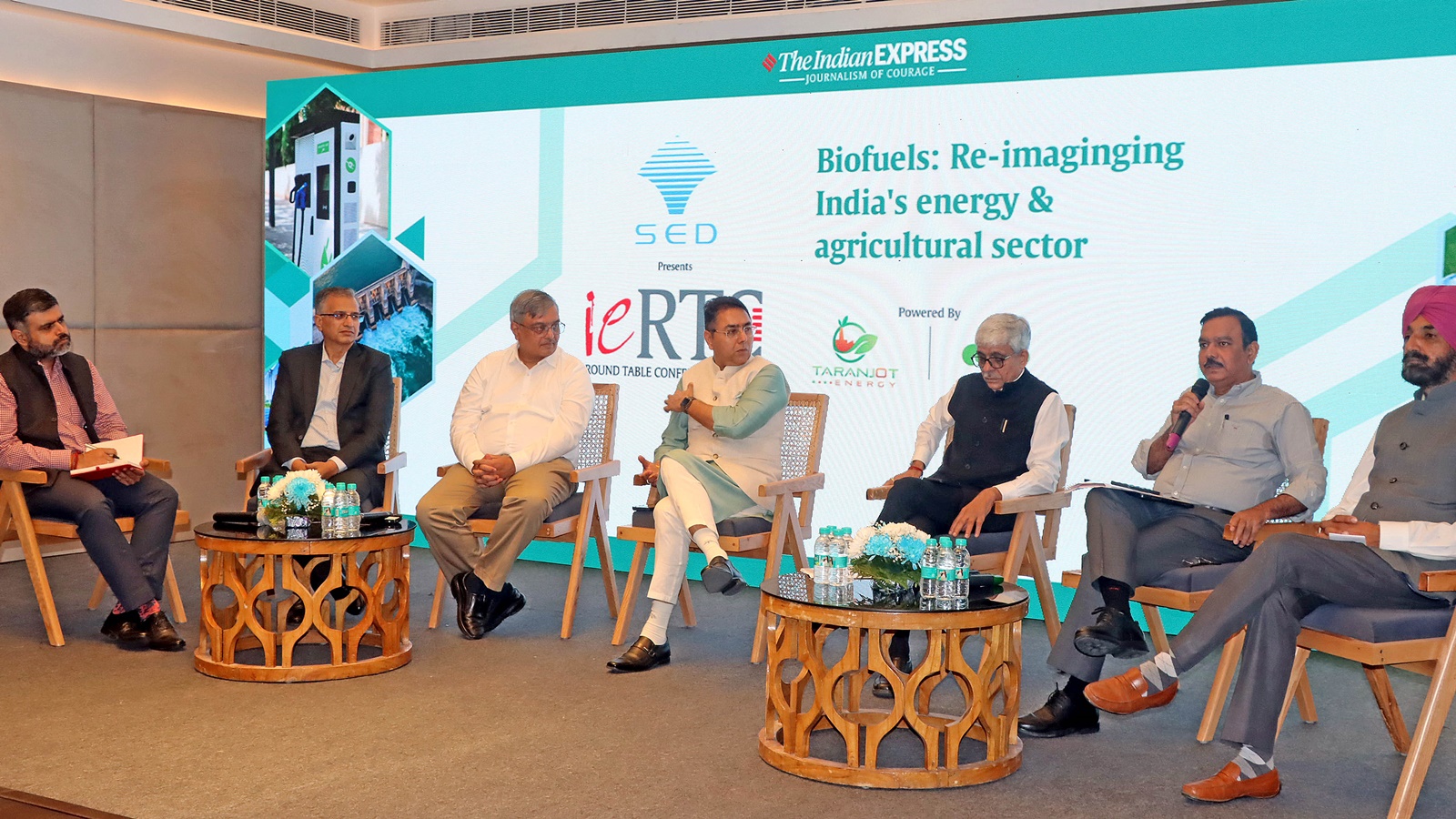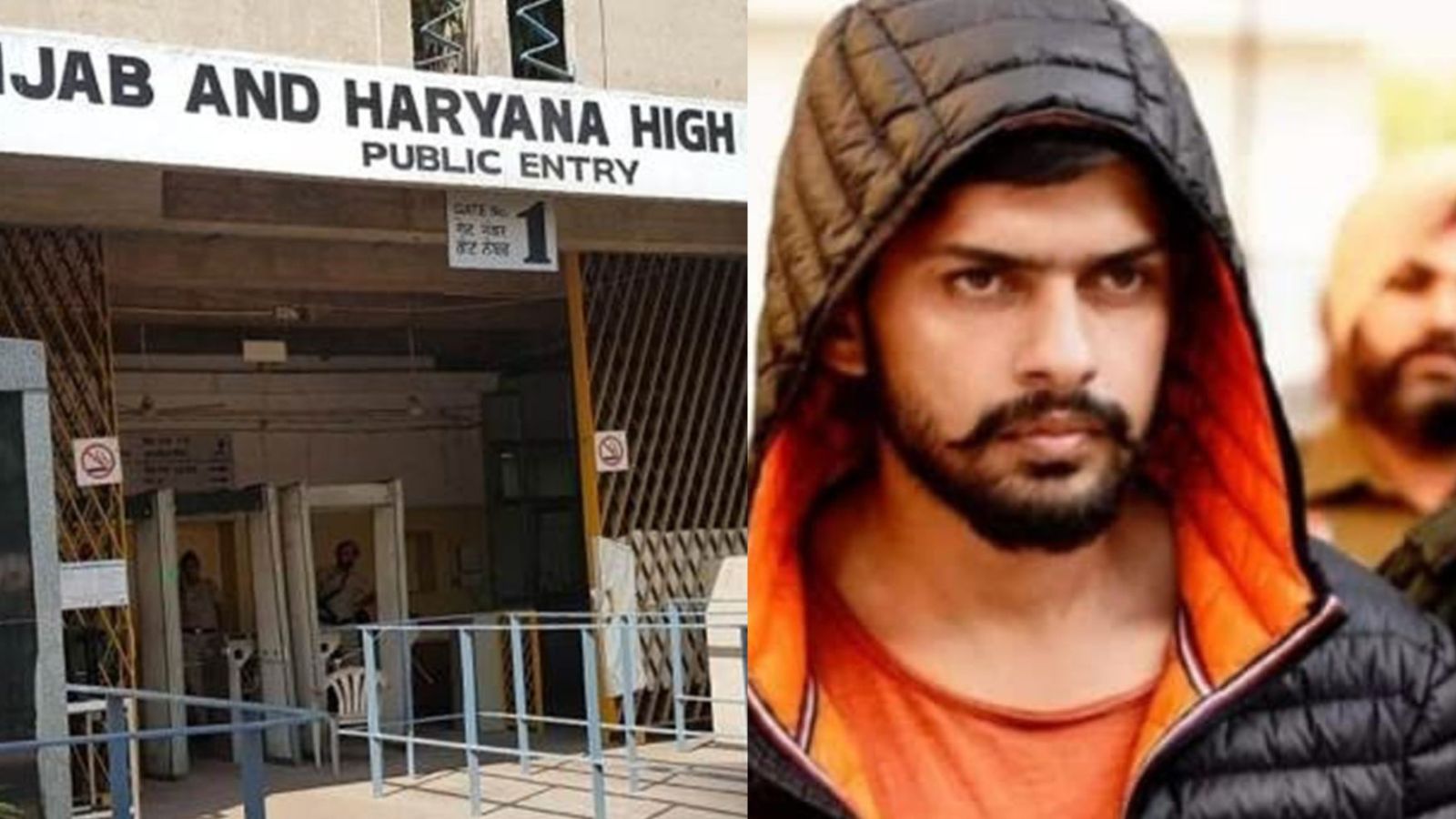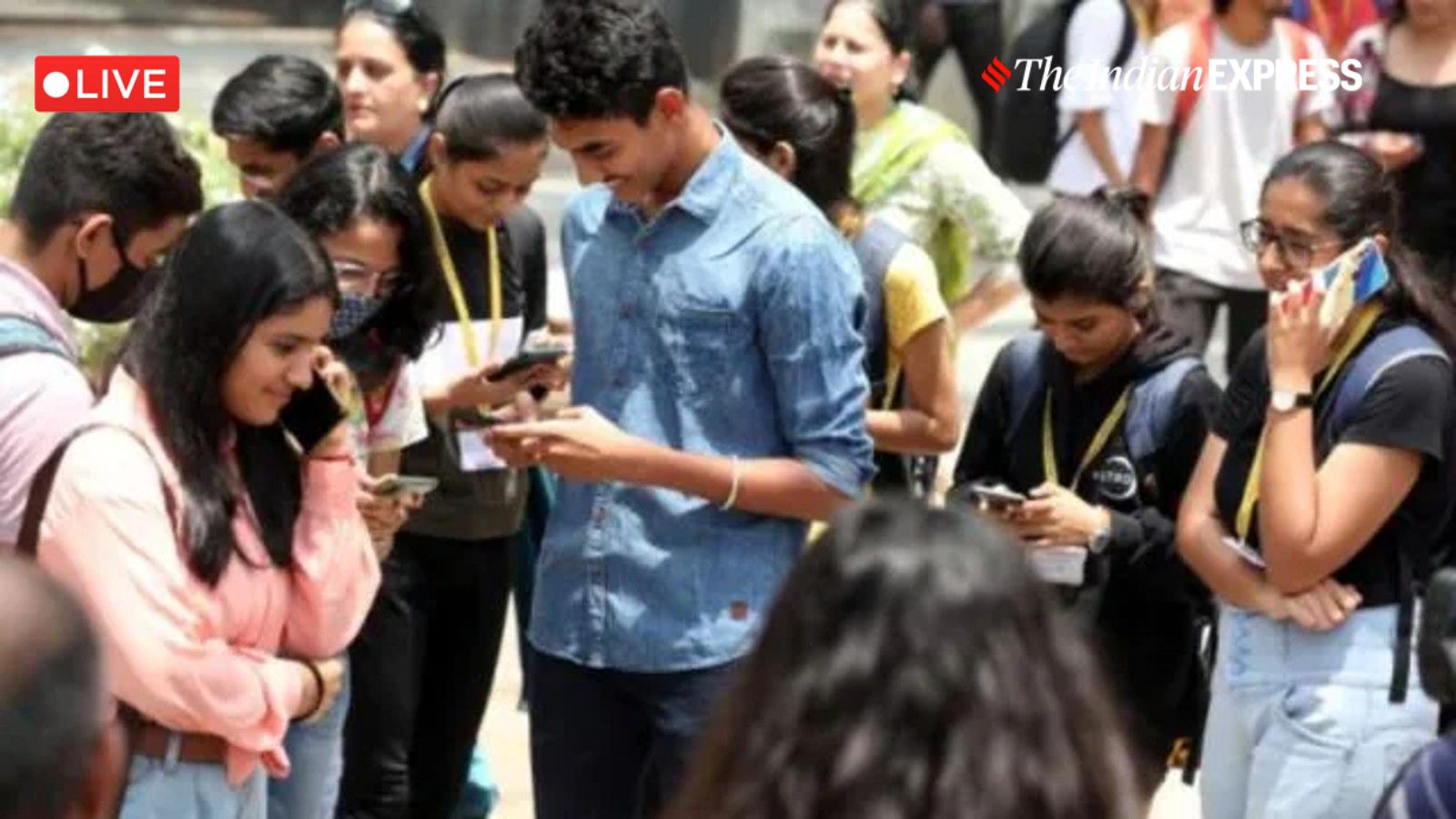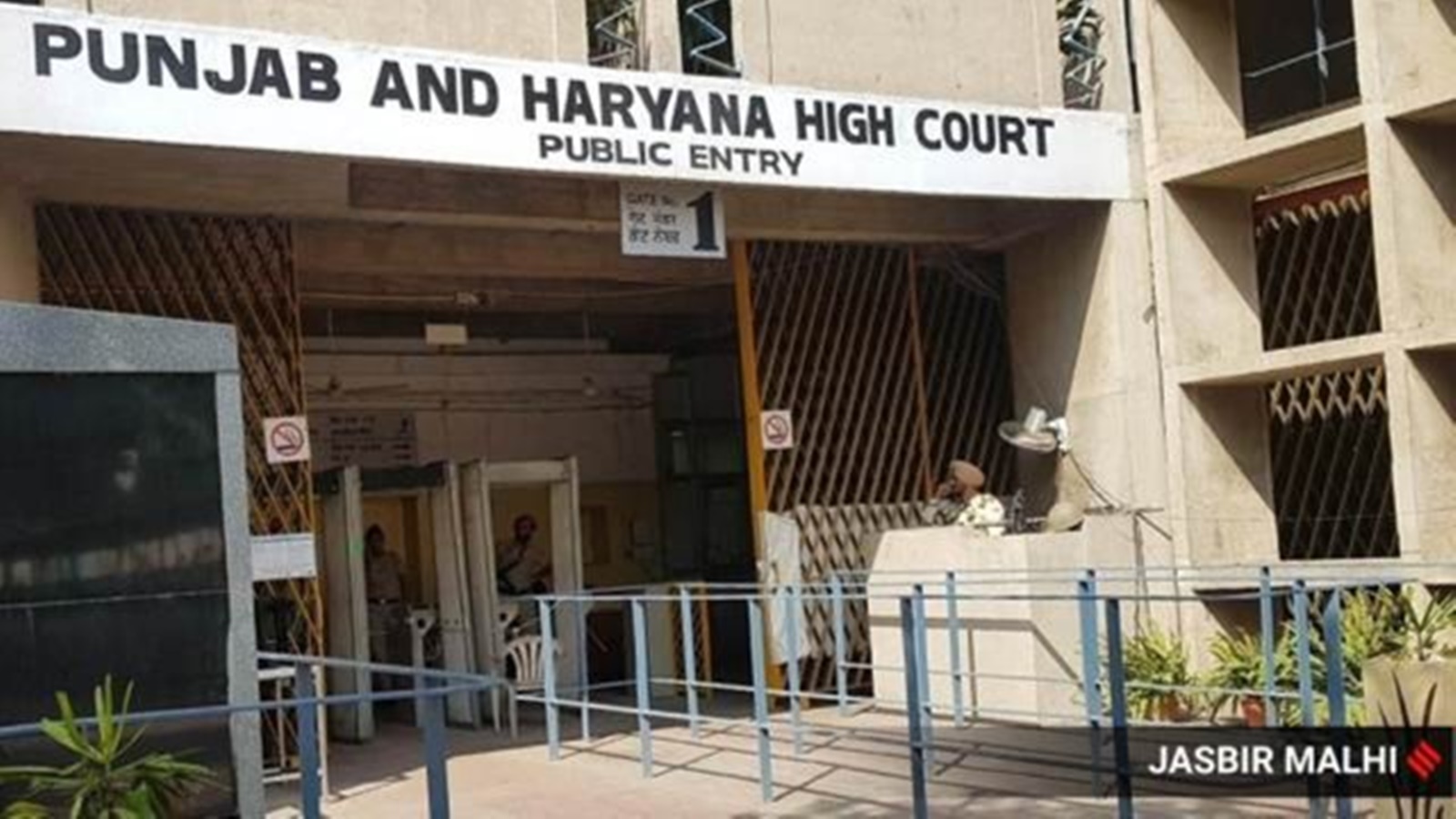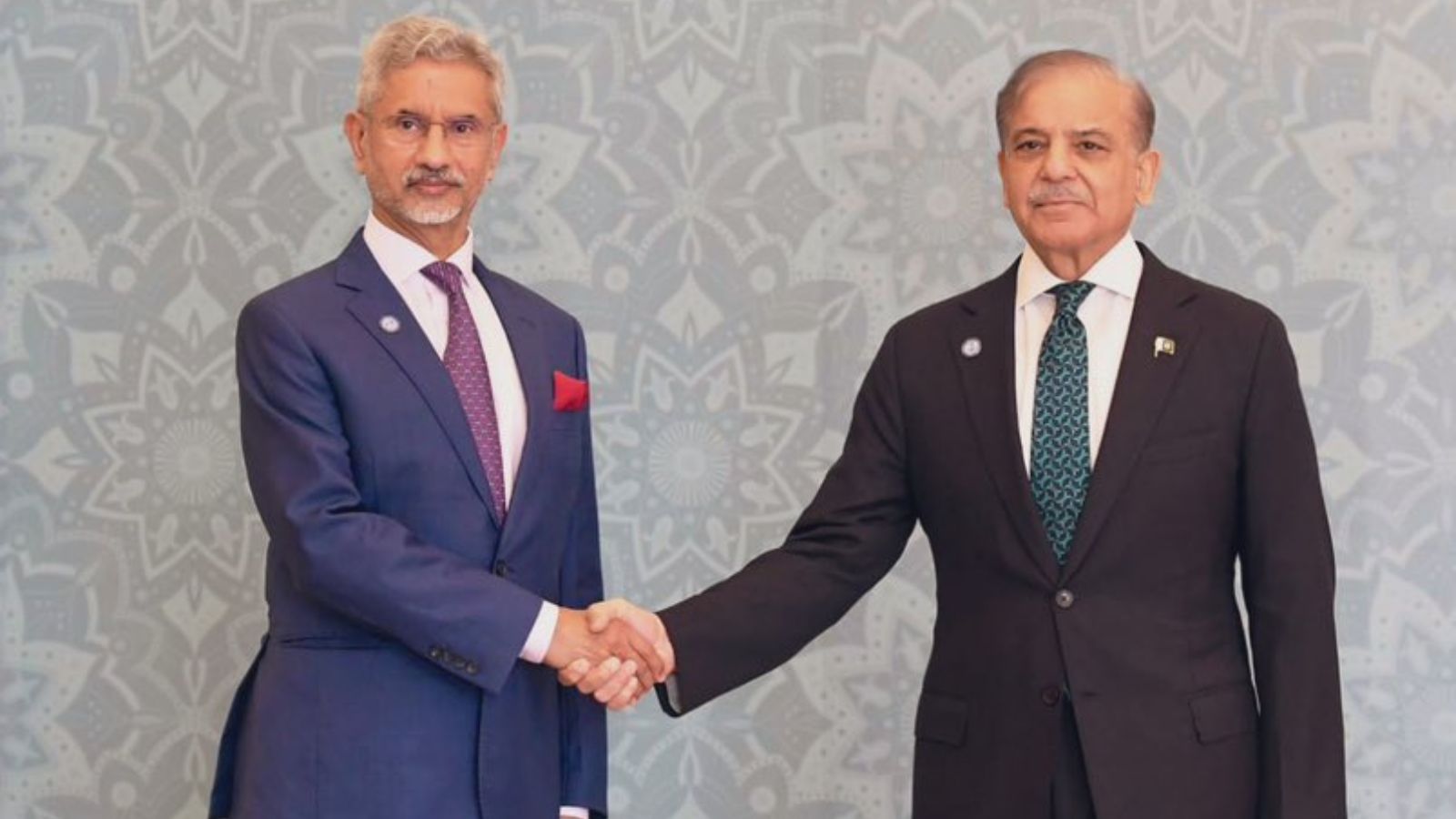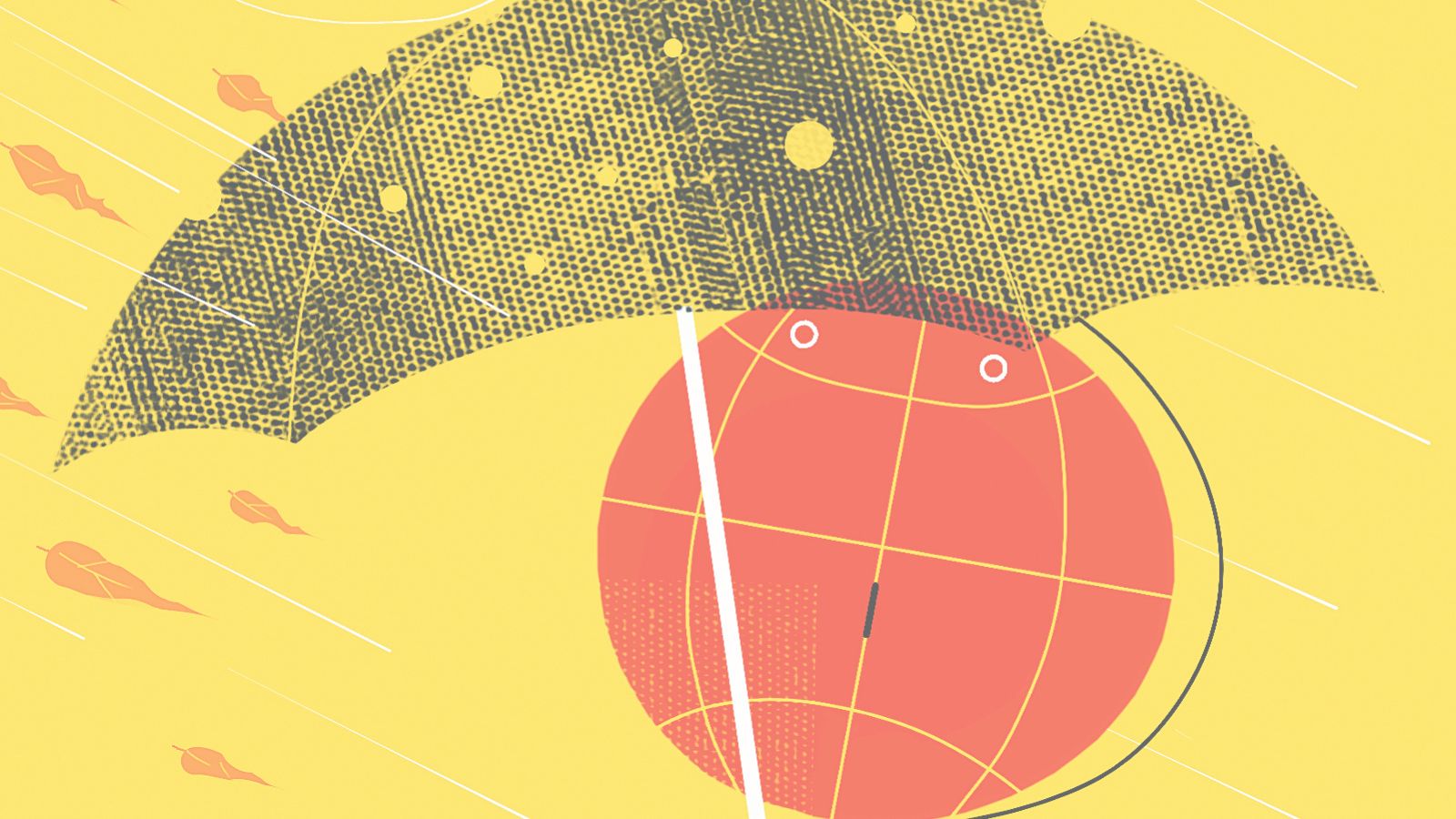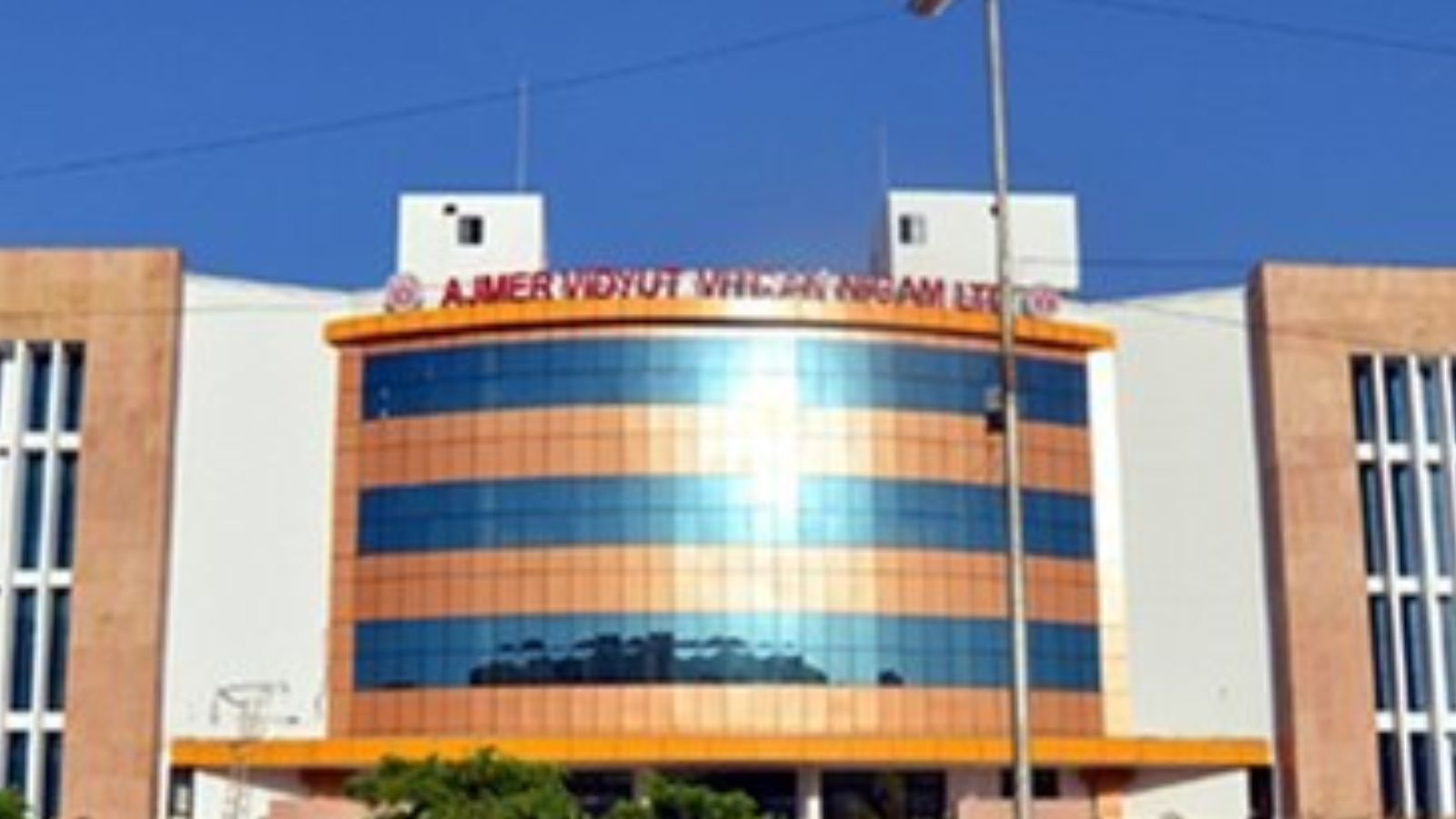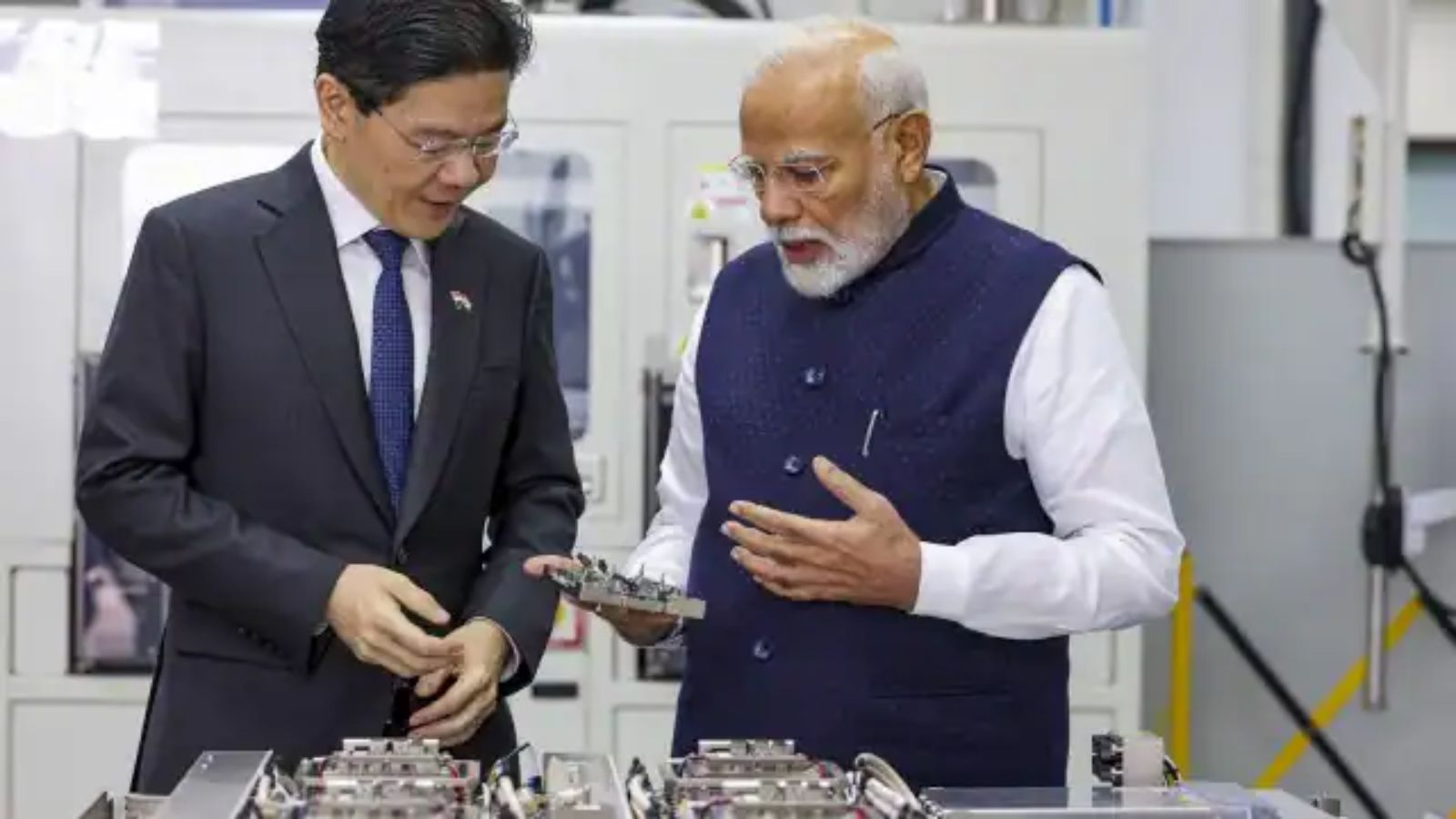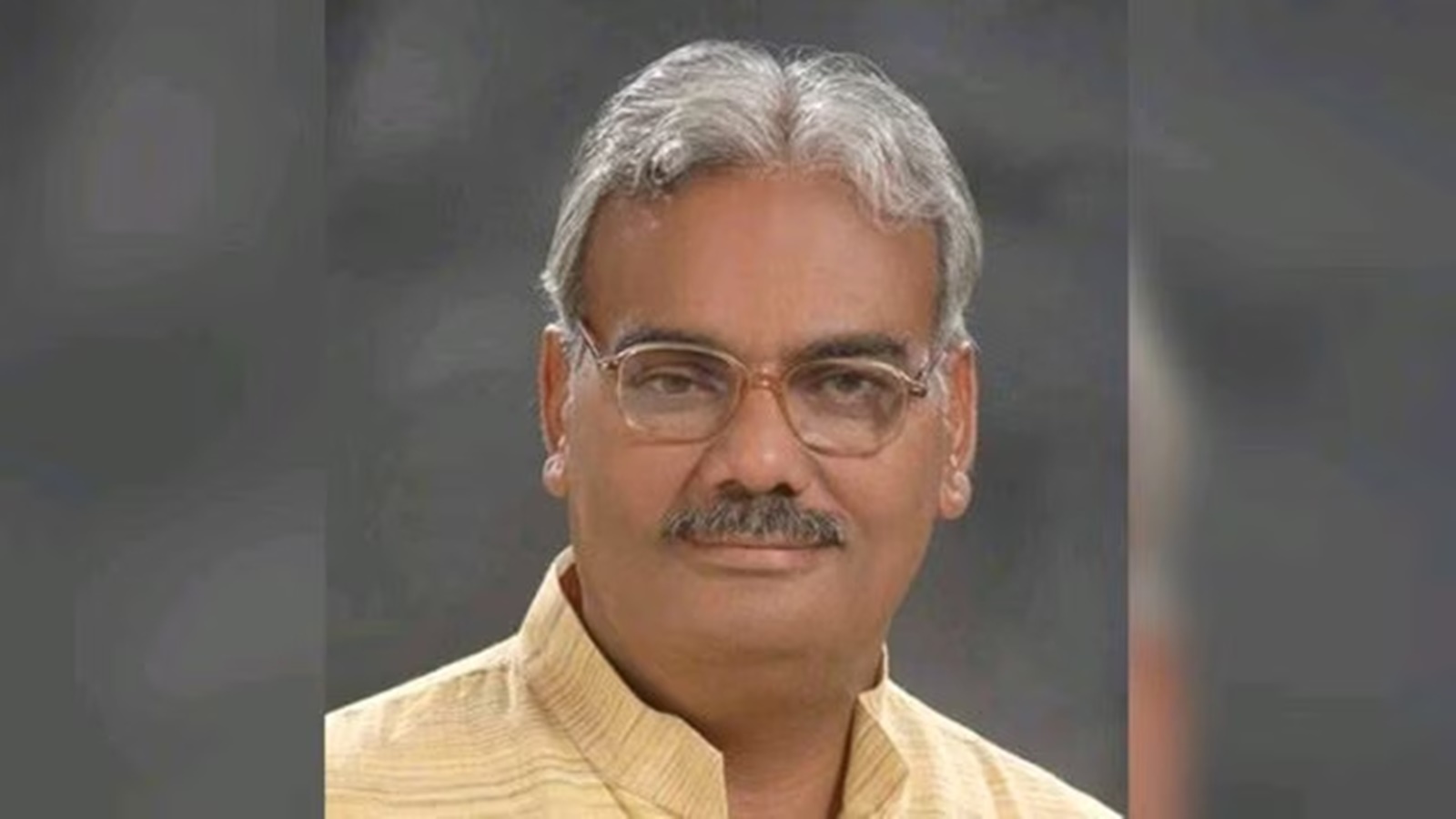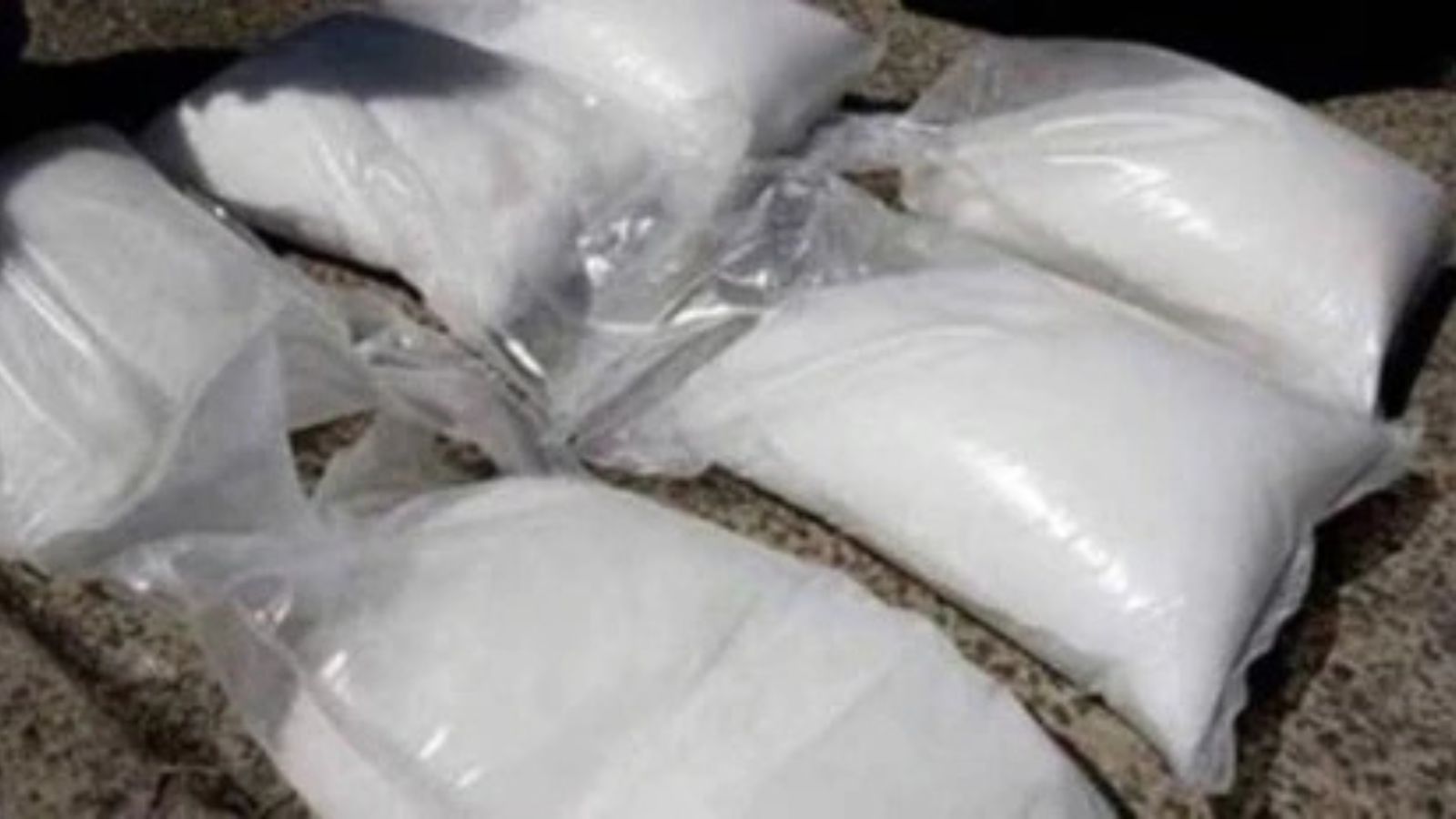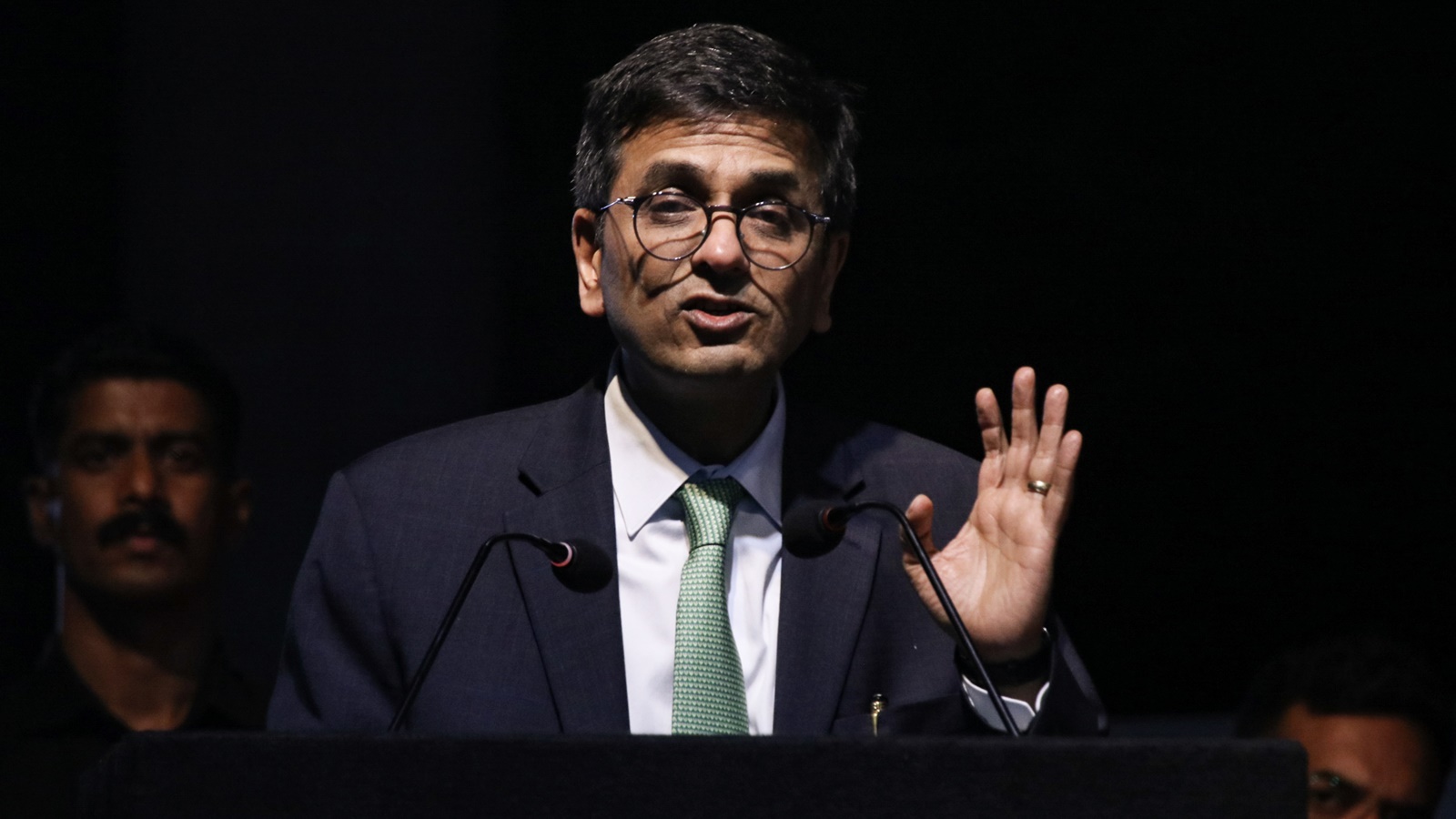Amid a widening trade deficit with the Association of Southeast Asian Nations (ASEAN), a senior government official said on Wednesday that India is facing tariff asymmetry in the ASEAN agreement and is aiming to complete the review by next year. The review of the India-ASEAN trade deal was mentioned in Prime Minister Narendra Modi ’s 10-point plan to enhance cooperation between the two regions during the ongoing 21st ASEAN -India Summit. Rajesh Agrawal, Additional Secretary in the Department of Commerce, said during a press briefing that India has strongly urged the completion of the review of the free trade agreement in goods by 2025. The review is important, as India faces tariff asymmetry in the agreement, with a blanket “74 per cent plus” tariff elimination for ASEAN nations, he said. “We have higher tariff elimination from lower-order economies and lower tariff elimination from fast-growing and major economies. This tariff asymmetry needs to be addressed to ensure a balanced FTA during the review process,” Agrawal explained. India is also exploring a country-wise approach in the ASEAN review talks. “ASEAN is a 10-country bloc, but not a customs union. We’d like to see differentiation, as they are at various stages of economic development,” he said, emphasising that bilateral talks could offer India more flexibility in negotiating tariff concessions. However, ASEAN typically follows a single set of concessions, which India is attempting to adjust. The India-ASEAN trade deal was signed in 2009 during the UPA era and has become an important source of input materials for Indian industry. While palm oil and natural gas are sourced from Indonesia and Malaysia, items like natural rubber come from Thailand. However, Indian industry has begun calling for anti-subsidy measures against industrial imports from ASEAN, on the grounds that Chinese products are being rerouted through the region to claim benefits under the India-ASEAN trade deal. Moreover, the trade deficit between the two regions is rapidly rising, especially after the pandemic. Fears of a fresh surge in imports have also emerged as ASEAN has joined the China-led Regional Comprehensive Economic Partnership ( RCEP ) trade deal. India exited the RCEP negotiations in 2019 due to concerns over rising imports from China. Notably, China-ASEAN trade is on the rise, with trade between the two regions growing by 15 per cent in 2022 after the deal came into effect. A senior government official from the Ministry of Commerce and Industry had earlier stated that the review process is “moving slowly,” even as India pushes for revisions, as the deal is seen to disproportionately benefit ASEAN over India. The two sides agreed to initiate a review during the 16th ASEAN-India Economic Ministers Meeting (AIEMM) in September 2019. However, it took three years to barely agree on the scope of the review at the 19th AIEMM in September 2022. This is concerning, as India’s trade deficit with ASEAN has risen to $44 billion in FY23, compared to $8 billion in FY13. An Indian Economic Service research paper on India’s trade patterns with the 10 ASEAN nations between 1991 and 2020 highlights that while imports have grown, exports have declined since 2010, resulting in increasing trade deficits with all ASEAN countries. The report suggests that India’s experience with ASEAN may have influenced its decision to opt out of the China-led RCEP agreement, despite nearly a decade of negotiations. ASEAN countries include Brunei, Cambodia, Indonesia, Laos, Malaysia, Myanmar, the Philippines, Singapore, Thailand, and Vietnam. The review is a long-standing request of Indian industry, with India seeking an upgraded agreement to eliminate trade barriers and prevent the misuse of the trade pact, which was signed in 2009. ASEAN remains a crucial trading partner for India, accounting for about 11 per cent of India’s global trade. India’s exports to ASEAN totalled $41.2 billion in 2023-24, while imports stood at $80 billion. None
Popular Tags:
Share This Post:
SC to rule on legality of Citizenship Act provision in Assam
- by Sarkai Info
- October 17, 2024
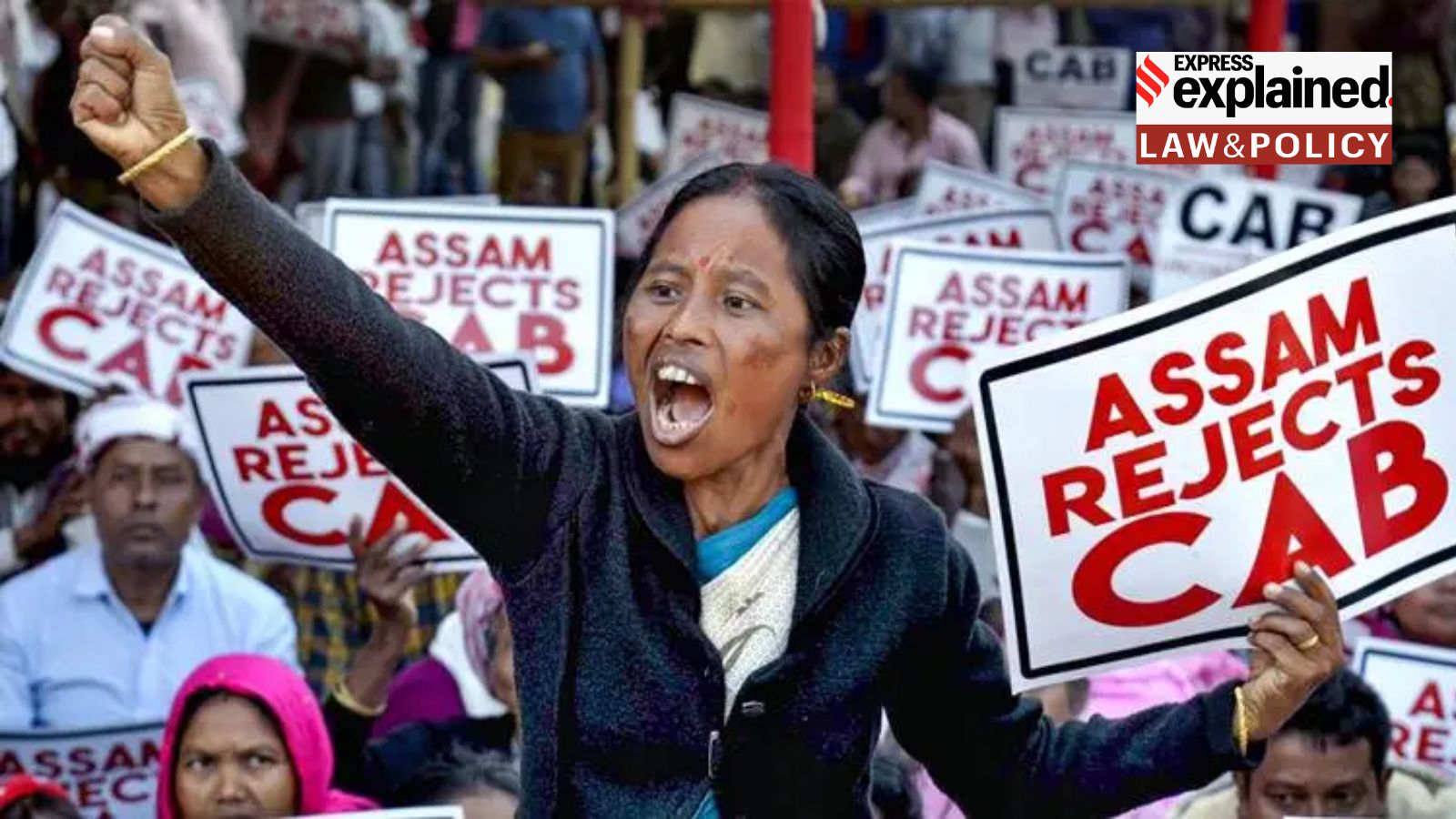
What’s New
Spotlight
Today’s Hot
The spread of sex selection in India: Not just the foreign hand
- By Sarkai Info
- October 17, 2024
Featured News
Is overusing painkillers harming your stomach and kidney?
- By Sarkai Info
- October 17, 2024
Why climate change is a national security issue
- By Sarkai Info
- October 17, 2024
Latest From This Week
Vasan Bala’s unabashed cinephilia nearly salvages a lacklustre Jigra
ARTICLE
- by Sarkai Info
- October 17, 2024
Subscribe To Our Newsletter
No spam, notifications only about new products, updates.



